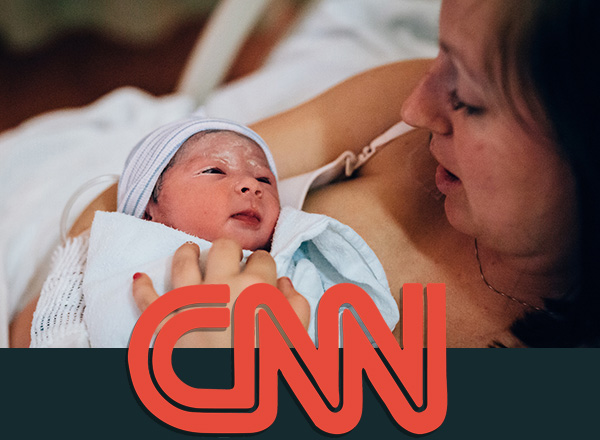Embryo selection with time-lapse and artificial intelligence

Some consider the emergence of time-lapse technology in IVF treatments a huge step forward, while others dismiss it as a "marketing gimmick".
But let’s have a look at the time-lapse procedure and its benefits in IVF:
The incubation of embryos with constant monitoring and photographing at regular intervals (time-lapse) is the latest technology used in IVF treatments, which enables embryologists to evaluate embryos in detail.
It is a special type of incubator with an integrated camera and microscope lens that takes pictures of the developing embryos every few minutes.
This camera unit is connected to a microscope system. The images obtained are processed using software that combines these images to create a time-lapse video.
This allows the embryologist to assess better each vital stage of a developing embryo. This assessment is further facilitated with the use of special software that analyses the time-lapse images with the aid of artificial intelligence.
What the benefits of continuous monitoring of embryos are with time-lapse when compared to the classic incubation procedure
A typical IVF procedure monitors the developing embryo daily for proper growth and development.
The incubation with time-lapse technology allows the embryologist to take thousands of images of the embryos as they develop in the same 24-hour period without disturbing them by taking them in and out of their incubator-friendly environment several times to place them under the external microscope.
The embryologist can then choose a specific embryo for implantation based on criteria such as growth rate, cell count and appearance.
The importance of a stable environment during embryonic development
It is of most importance to maintain a stable environment when incubating the embryos in an environment as close as possible to the uterus and fallopian tubes (i.e. their natural environment).
The handling of embryos throughout the entire assisted reproductive technology procedure usually involves transferring between vials and evaluating at specific times.
Staying outside the incubator exposes the embryo to laboratory conditions and can change the culture medium (pH, temperature) and, as a result, the embryo’s environment. This is thought to create metabolic stress in the embryo, which may affect the development and quality of the embryo.
It is, therefore, important to minimise the time spent handling oocytes and embryos outside the controlled environment of the incubator. With the increasing application of blastocyst culture, where the embryos spend two or three extra days in the incubator (in vitro), a stable environment is even more important.
Does the time-lapse incubation process ensure a successful IVF?
The incubation of embryos with time-lapse monitoring in an IVF cycle contributes to success but cannot guarantee the much-coveted pregnancy.
Several factors lead to an unsuccessful IVF cycle. The main role of the time-lapse monitoring technique is the detection of the most viable embryos for transfer, those with the highest chance of implantation and resulting in pregnancy based on morphokinetics.
This means that we know how many hours after fertilisation each embryo had managed to divide into two or three cells, how long it took to complete that cell division if each cell divided properly, etc.
With this data and based on these criteria, we understand which embryo has a high chance of being implanted after embryo transfer.
Without the use of time-lapse, an embryologist selects an embryo based only on its morphology, whereas incubating embryos with time-lapse monitoring offers valuable information about how the embryo divides and develops.
Artificial intelligence combined with the time-lapse procedure
In the last few years, artificial intelligence (AI) has already begun to improve and automate the evaluation and selection of embryos in the laboratory.
Artificial intelligence in assisted reproduction will play an even more essential role in the years to come, and it is a certainty that, in the future, the selection of the fittest embryos for implantation will become much more efficient thanks to the combination of AI programs and the incubation of embryos with continuous time-lapse recording.
Proven clinical benefits of the time-lapse
Many articles supporting the clinical benefits of using time-lapse in IVF have been published in the last two years, including the following. All of them highlight that with the use of time-lapse technology, we can achieve:
- lower miscarriage rates by avoiding the transfer of less good embryos
- improved implantation/pregnancy rate provided that the best-most suitable embryos are selected
- the time to pregnancy will be shorter provided that miscarriages are avoided
However, the international bibliography has not officially accepted the time-lapse method as a proven method that increases IVF success rates. For the time being. The conclusion is more research is needed for its evaluation.

